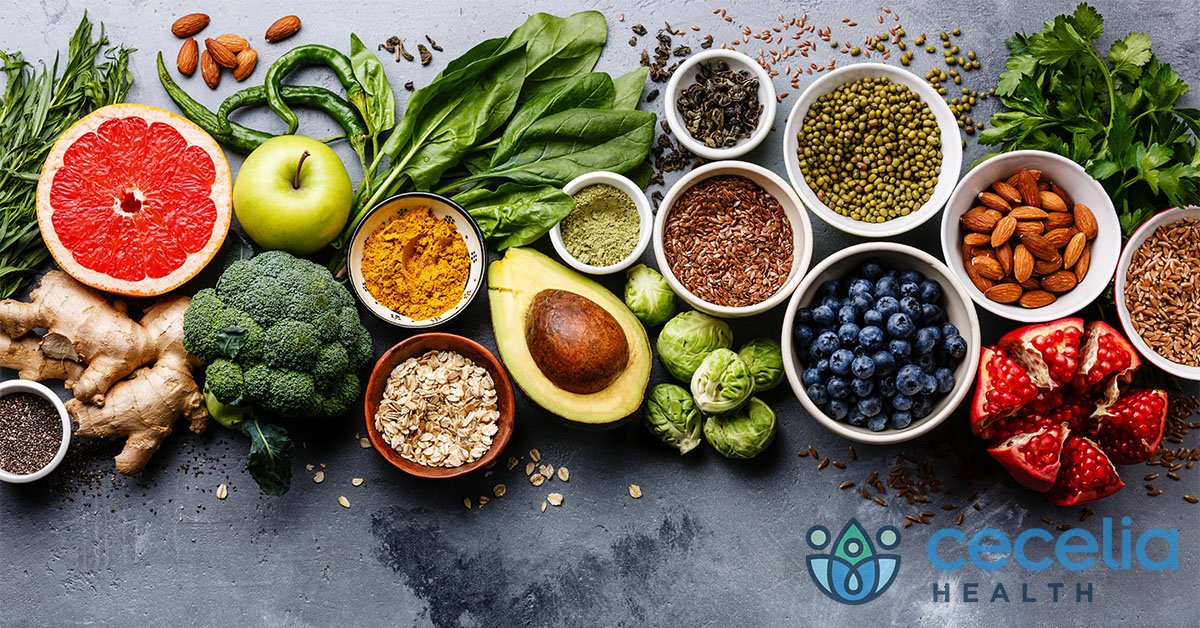A number of factors can affect your blood pressure. Some factors include your food, beverage, and lifestyle choices. However, there are steps you can take to help improve your blood pressure, such as quitting tobacco use, beginning to exercise, or modifying your nutrition intake. Below are 5 food groups to consider adding into your daily intake to help lower your blood pressure.
- Fruit- A diet high in fruits may reduce your risk for heart disease. Further, fruits are naturally low in dietary fat and sodium. Fruits are great sources of dietary fiber, vitamin C, and potassium. Select whole, fresh fruits and consume their skin when it is edible, such as an apple or pear. Select frozen fruit without added sugars or syrup. Select canned fruit in 100% juice or dried fruit.
- Vegetables- A diet rich in vegetables may also reduce your risk of heart disease. Vegetables are also low in dietary fat and calories. Vegetables are great sources of dietary fiber, vitamin A, and vitamin C. Select whole, fresh vegetables and consume their skin when it is edible, such as a sweet potato or beans. Select frozen vegetables without added sauce or seasonings or no salt added canned vegetables.
- Whole grains- When you select half of your grains as whole grains it may help to lower your risk of heart disease. Whole grains are a great source of dietary fiber, as well as B vitamins and minerals like magnesium and iron. Select whole grains such as barley or quinoa mixed with your casserole or as a side dish. Replace your enriched grains with whole grains by choosing brown rice instead of white rice or whole wheat pasta or bread instead of white pasta or bread.
- Lean proteins- Lean proteins offer less calories, cholesterol, and saturated fat per ounce of meet compared to higher fat proteins. Proteins are the building blocks for muscles, bone, skin and more. Protein provides B vitamins, vitamin E, iron, zinc and more. Select lean protein choices like a chicken breast, beef filet, tuna, salmon, soy burger, beans without added sauce, tofu, or no salt added nuts or seeds. Consider removing the skin from your meat and bake or grill versus fry.
- Low sodium selections- Choose less processed foods because as a general rule of thumb the more processed an item is, the more sodium it contains. Look for foods that are labeled as no salt added or low sodium. A reduced sodium selection may be better than the original option, however it may still be high in sodium. Review the nutrition facts panel to compare products. Aim for 5% Daily Value or less. Learn more about how to read the nutrition facts panel from the FDA. If you include an item that is high in sodium, adjust your next meal or snack so it is low in sodium to adhere to your goals while still allowing for small indulgences.
